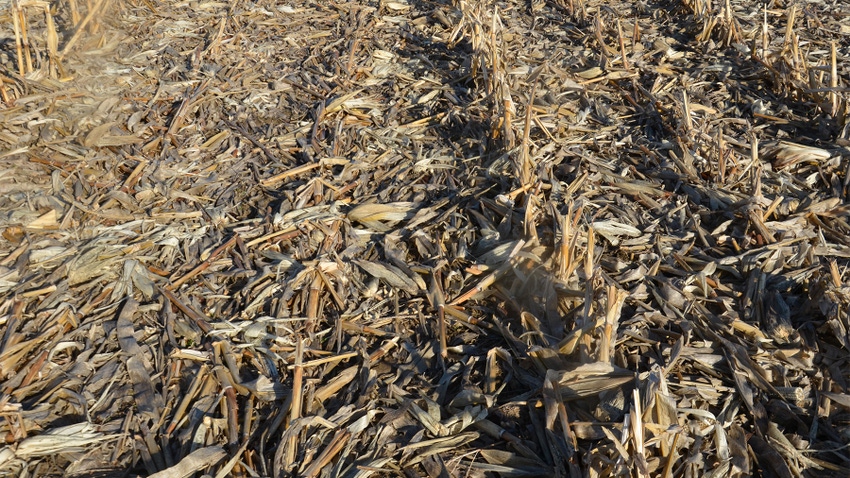November 1, 2023

by Amanda Kautz
Is there a yield drag when switching to a no-till system? Or is that just an old wives’ tale?
In the 1970s and ’80s, there was the real possibility of a yield drag. Growers didn’t know what is known today about soil health, biology and nutrient cycling. Farmers have incorporated other conservation practices, like cover crops, into no-till, decreasing the likelihood of a yield drag. So, if the rumor of yield drag has you hesitating to switch, here are some things to consider:
Imbalance in soil biology. Much of the potential yield drag when switching to no-till is because of an imbalance in your soil biology. You could see a buildup of residue and lack of nutrient cycling. You want residue to protect your soil surface, but not excess, old residue. A cornstalk shouldn’t see its third birthday. If so, your biology isn’t functioning properly.
Plan shift to no-till. The biological makeup of a soil under tillage is skewed toward a population high in bacteria. They boom after tillage, releasing carbon dioxide. Once they die out or go dormant, soil biological activity decreases significantly, slowing cycling of nutrients. When switching a soil to no-till, allow time to rebuild biology into a well-balanced state. Going straight to a no-till system with no other management changes will most likely result in a yield drag. Nutrients don’t cycle properly, nutrient tie-up occurs, and there is excess residue. There are steps to take to prepare soils for no-till.
Cover crops. Here’s a great way to begin soil biology before you jump into no-till. They need both habitat and a food source to thrive. Cover crops improve soil structure and build organic matter through root exudates, decompose after they’re terminated and protect soil surfaces from erosion. Cover crops also provide a food source for soil biology during the off-season. Their residue provides a food source for decomposers after termination.
Nutrient management strategy. As biology breaks down increased residue, the carbon-to-nitrogen ratio becomes important to make sure your crop receives enough nitrogen early in the season. If you have residue with a high C-to-N ratio, like mature cereal rye or excess cornstalks, consider adding more nitrogen at planting to get the crop through until nitrogen becomes available again. What people once thought were signs of allelopathy from cover crops were actually a lack of available nitrogen due to the high C-to-N ratio of residue.
Bottom line on no-till yield drag. If you prep your system and get soil biology cycling nutrients, risk for no-till yield drag is greatly reduced. If you do get some yield drag, remember that return on investment is more important than the highest yield at the coffee shop.
Look at the bigger picture. Did you save time or fuel with the new system? Also, don’t discount that the increased health of your soil and the benefits that provides are hard to quantify with a dollar figure. Some of these effects will build resiliency for your operation in the future.
Kautz is the state soil health specialist in Indiana with the Natural Resources Conservation Service. She writes on behalf of the Indiana Conservation Partnership.
Read more about:
No tillYou May Also Like




